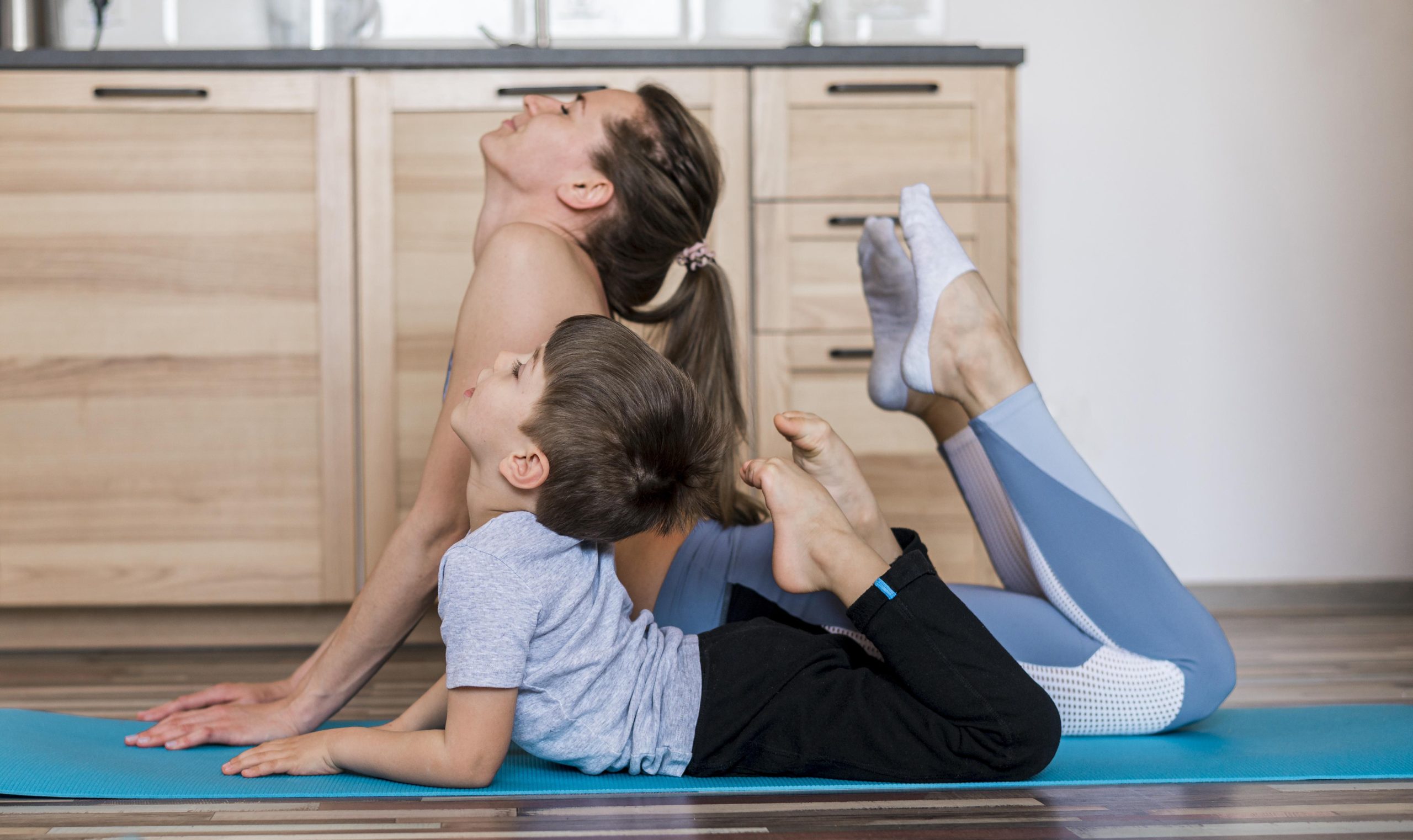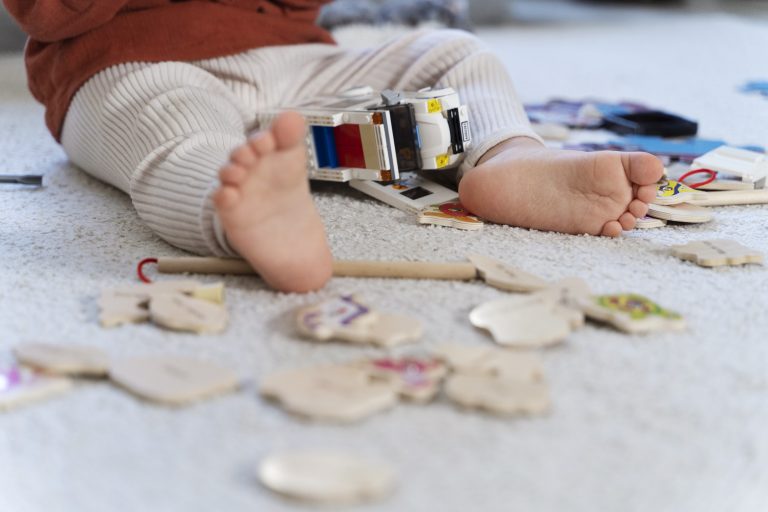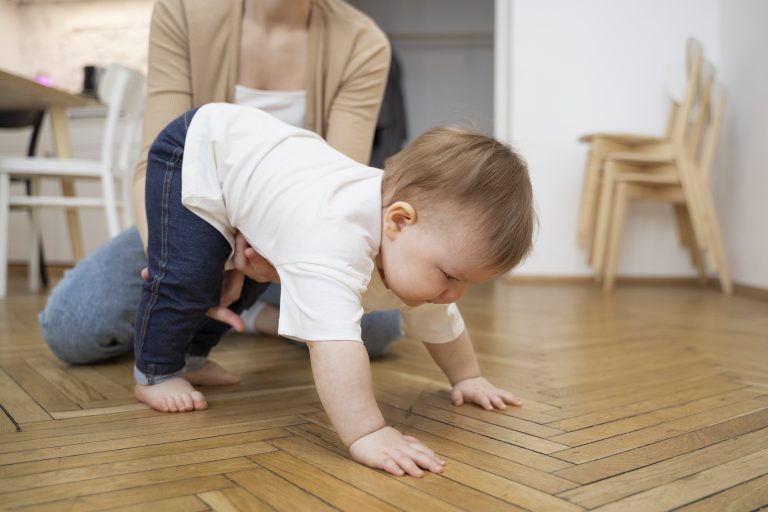Children’s yoga is a growing practice that combines movement, breath, and mindfulness to support the physical, emotional, and mental development of young people. In a world where children face increasing stress, screen time, and academic pressure, yoga offers a playful yet powerful way to cultivate balance, resilience, and self-awareness.
Unlike adult yoga, children’s yoga focuses on experience over performance. It incorporates stories, songs, and imaginative play to make each session fun and engaging. Whether a child struggles with anxiety, hyperactivity, or simply needs a space to recharge, yoga can be a transformative tool.
Why Is It Challenging for Children to Stay Balanced Today?
Modern life places many demands on children. Academic expectations, constant digital stimulation, reduced outdoor play, and tightly packed schedules often leave children overstimulated and overwhelmed. These pressures can manifest as anxiety, restlessness, trouble focusing, and even physical symptoms like headaches or sleep issues.
Children’s nervous systems are particularly sensitive to stress. Without tools to release tension and regulate emotions, many struggle to maintain balance in their daily lives. This is where yoga can help: movement-based games release energy, breathing exercises calm the nervous system, and relaxation techniques provide emotional grounding.
Over time, yoga helps children build emotional vocabulary, increase body awareness, and develop skills to manage both inner and outer challenges. Even short sessions can significantly improve a child’s sense of calm and control.
How Does Yoga Affect the Body and Daily Life?
Yoga supports physical development by improving flexibility, posture, and coordination. For children with sensory issues or attention difficulties, it strengthens proprioception and supports gross motor skills. Simple poses like “tree” or “cat-cow” also help with balance and body awareness.
Mentally and emotionally, yoga enhances emotional regulation and supports executive functioning. Through breathing exercises like “balloon belly” or guided relaxation (“magic cloud journeys”), children learn to notice their emotions without being overwhelmed by them. Group yoga sessions also build social-emotional learning, empathy, and cooperation.
Several studies have shown that children who practice yoga regularly demonstrate improved focus, reduced anxiety, and better sleep patterns. It’s not just about flexibility—it’s about building lifelong self-care skills.
These solutions are just examples. Everyone has different needs, priorities, and issues. What works for one person may not work for another. Experiment to find what helps you, and don’t worry if it’s unique.
- Breathing Games at Home: Try simple exercises like Bunny Breath (three quick sniffs in, one long exhale) or Smell the Flower, Blow the Candle. These are fun, calming, and require no equipment.
- Story-Based Movement Sessions: Create movement adventures—like going on a jungle safari or exploring the ocean—with matching yoga poses. This boosts creativity and helps kids connect movement to imagination and feelings.
- Screen-Free Yoga Time: Replace 15–20 minutes of screen time once a week with a short yoga flow and guided rest. You can use a bedtime yoga routine with calming music and storytelling.
- Use Free Online Yoga Resources: Plenty of kid-friendly yoga videos and apps are available online
- Join a Local Yoga Class or Program: Check if local community centers, schools, or studios offer child yoga sessions. Many places offer free trial classes or sliding-scale options for families.
Yoga doesn’t have to be perfect. It’s not about mastering poses—it’s about showing up with curiosity, joy, and a willingness to breathe and move. Whether a child practices once a week or daily, the benefits grow over time. Every breath and stretch is a small step toward resilience.
Remember: Every child is unique. Yoga offers a flexible, inclusive way to meet them where they are. The good news? Research into mindfulness and yoga in children continues to grow—so we’re learning more every day about how to help children thrive from the inside out.
References
- Khalsa, S. B. S., Hickey-Schultz, L., Cohen, D., Steiner, N., & Cope, S. (2012). Evaluation of the Mental Health Benefits of Yoga in a Secondary School: A Preliminary Randomized Controlled Trial. The Journal of Behavioral Health Services & Research, 39(1), 80–90.
https://doi.org/10.1007/s11414-011-9249-8 - Butzer, B., Bury, D., Telles, S., & Khalsa, S. B. S. (2016). Implementing yoga within the school curriculum: A scientific rationale for improving social-emotional learning and positive student outcomes. Journal of Children’s Services, 11(1), 3–24.
https://doi.org/10.1108/JCS-10-2014-0044 - Yoga Alliance – Yoga for Children Research Overview
https://www.yogaalliance.org/Advocacy/Yoga_Research/Children - Yoga in Schools – Research-Based Resources
https://www.yogainschools.org/research/







